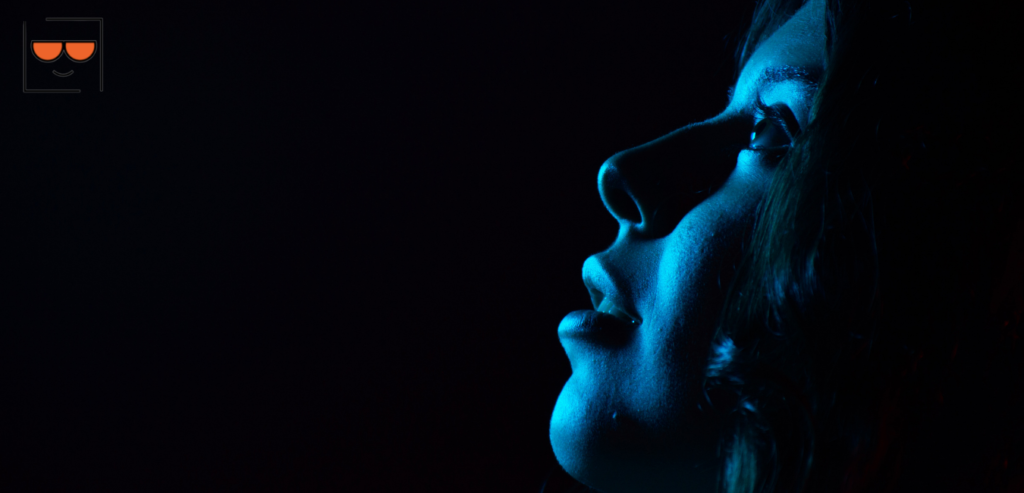
There’s a lot of information that claims that blue light and the effect it has on your eyes is dubious at best. Is it as harmful as everyone says? Seeing as, despite all of the warnings of health concerns, we still use our devices without concern.
These are important questions to ask though, seeing as the instantaneous digital transmission of information dilutes the facts from the fiction. Studies once thought to be ironclad months later are admitted to have been less than fact in the long run.
This level of misinformation, best intentions or otherwise, begs the question of whether or not blue light does actually harm you. Search queries are increasingly being filled with questions like “does blue light affect sleep schedule” or “blue light fact or fiction”. Where does the truth begin? Are supporters of blue light being fiction have any merit? In this article, we’ll go over some facts and fiction surrounding blue light and the many questions that belong to it.
Fact: Some Blue Light is not Natural
Blue light wasn’t a hot topic before electronics like computers, laptops, and smartphones became the norm. While you do intake a lot of blue light from these screens, the amount you receive from the sun is astronomical in comparison. So you do receive blue light from natural and artificial sources, on average 25 to 30% of sunlight is made of blue light.
Fact: Our Eyes Cannot Block Blue Light
Our eyes are built with safeguards that protect our eyes from some, but not all visible light. The cornea and the lens of your eye protect the light-sensitive retina at the back of the eye from damaging UV, or Ultraviolet rays. With that in mind, this doesn’t prevent blue light exposure to your eyes. There may be some merit to why health experts are worried about our blue light intake.
Fiction: All Blue Light is Bad
In our studies over the years, we have quite a lot of data on blue light and how it affects the human body. Despite what people might claim, it’s not all that bad for you. When we get the correct wavelengths and at the correct time of day, at least.
A study conducted in the journal Scientific Reports concluded that a single hour of blue light at the start of your day “significantly improved subjective perception of alertness, mood, and visual comfort.” But there is a caveat here, in that the study was focused on small amounts of exposure, which isn’t realistic to the average blue light intake.
Fiction: Blue Light Is Not Harmful
There are many wavelengths that blue light can be comprised of. 470-500nm is known as “good” blue light because it can aid health, as listed above. But anywhere below that, it produces glare, suppresses melatonin production via your pineal gland, and can cause migraines and eyestrain. Below even that though, under 400nm is referred to as high energy visible light, or HEV. HEV is linked to severe health detriments, such as permanent retinal damage.
With that being said, let’s take a look at the research linked to sleep suppression and the various eye injuries that can be incurred through blue light intake.
Sleep suppression
Before our screen dominated technologies, when the sun sets for the day we went to bed. How the times have changed, seeing as now people use computers, phones, and watch TV late into the night. This inhibits our production of the natural hormone melatonin, throwing your circadian rhythm off, also known as your natural clock.
A research paper published in The Journal of Applied Physiology shed some light on how blue light affects our melatonin production. The paper goes to state that blue light inhibits our melatonin, since our body takes in blue light naturally during the day, thus making us stay up later as a result.
Eye injury
Your retina is a sliver of tissue lining the back of your eyeball. Its main purpose is to receive and convert light into nerve signals that are sent to your brain. Overexposure of blue light can possibly damage your retina and permanently impede your sight.
A study founded by Molecular Vision states that retinal damage can occur “when the eyes are exposed to light of high intensity in the visible range (390-600nm)”. Which does indeed include blue light. Another piece of the study concluded that “Light-induced photochemical damage occurs with longer (12–48 h) but less intense light exposure.” For people who are in an office setting or work from home, this can be a concerning find. People who are in that situation can be sitting at a computer for up to 10 hours a day, even more if the situation calls for it.
A 2020 study by the Indian Journal of Ophthalmology found that during the COVID-19 lockdown, 32.4% of the studies participants interacted with a device that produced blue light for 9 to 11 hours a day.
Fiction: Blue Light is Unpreventable
By utilizing opaque materials, such as filters and screen protectors, you can prevent amounts up to 100% of blue light waves by using a filter that uses a color other than blue to prevent absorption by the eye. Clear filters can’t produce a similar result due to them lacking a pigment
Closing
Nowadays, it’s more difficult than ever to figure out facts from fiction. With the amount of information out there nowadays that’s seemingly endless, it’s led to misinformation or misguided truths that leave skeptics and believers unsure what to put their stock in. Blue light is very real, and mitigating your exposure can allow more restful sleep, and also prevent eye health concerns and the ever-present eyestrain.
Ready to limit your blue light exposure?
Start Blocking Blue Light Today!
